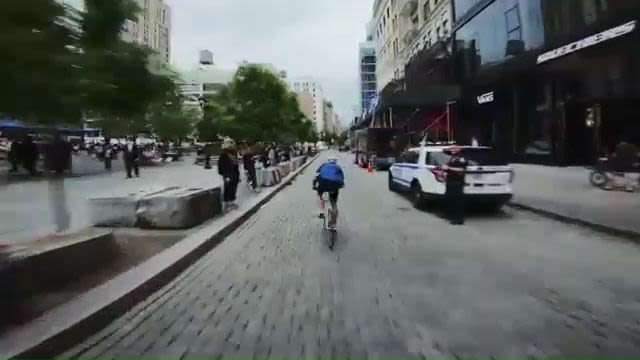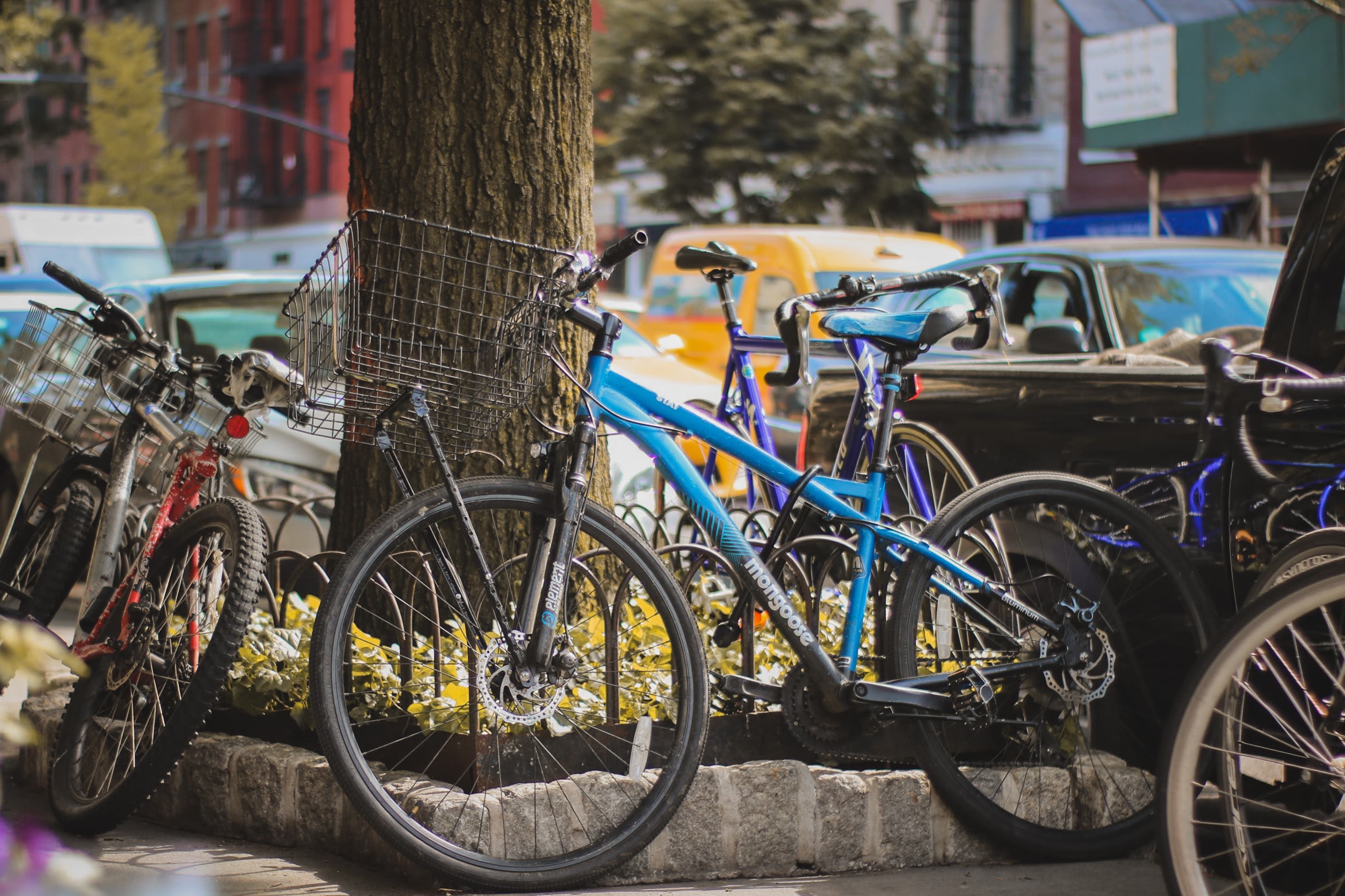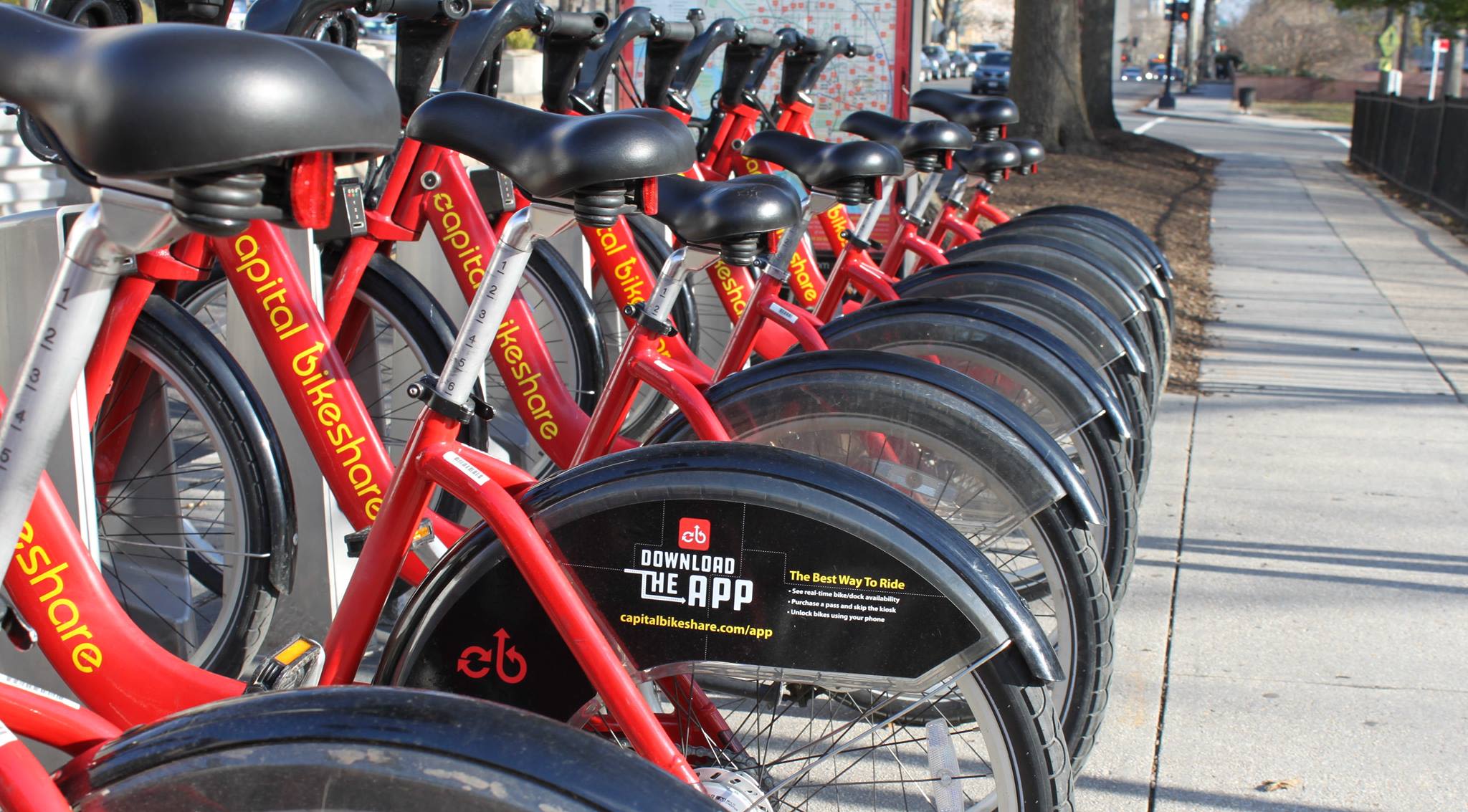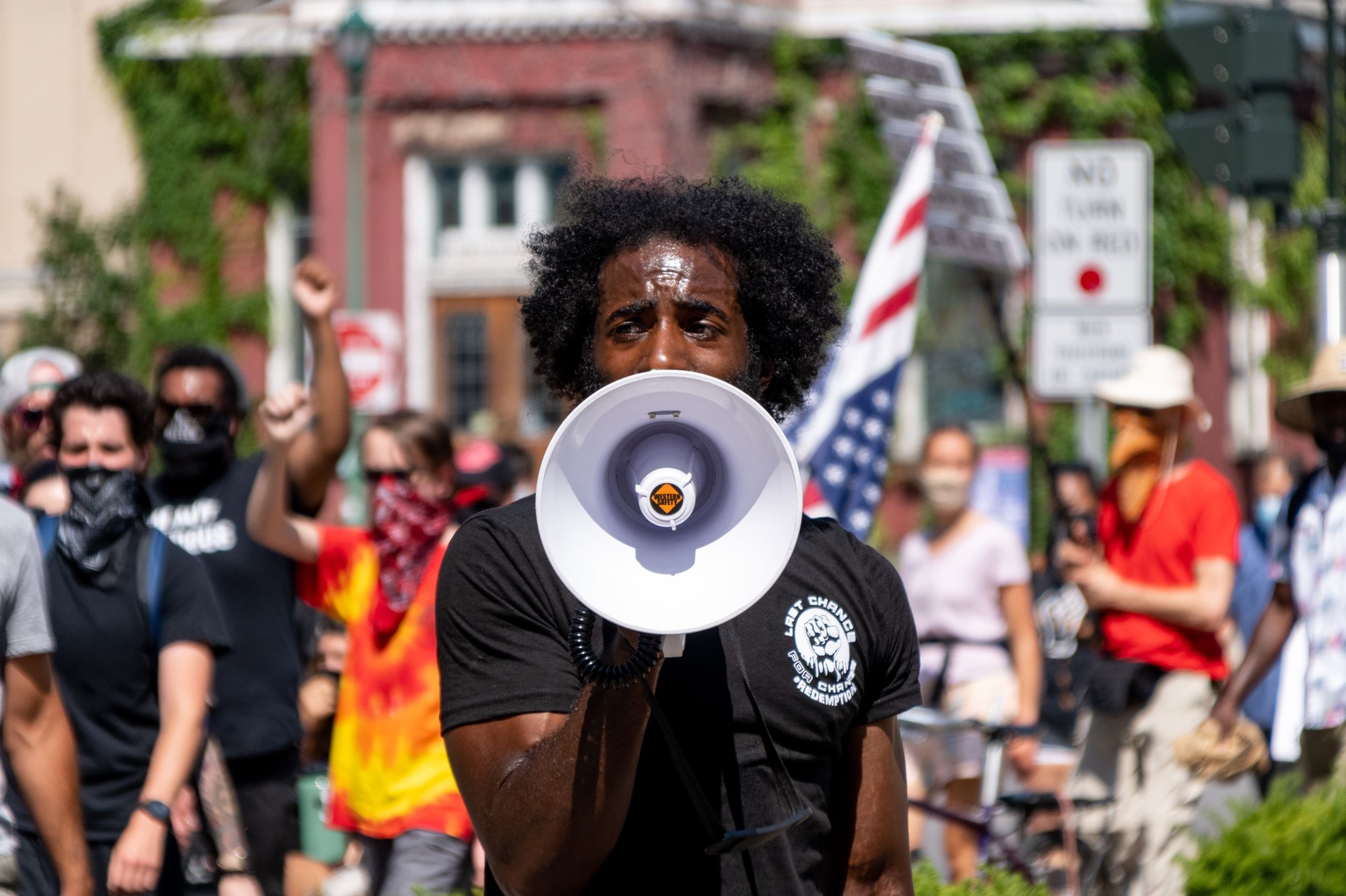Biking is Great, But for Whom?
Understanding Disparities Wtihin US Biking and Benefits of Biking Equity

Before I could drive a car, I biked. Since I was young, that was my way of getting around town. I biked to the grocery store, to swim practice, to hang with friends, and even for bubble tea! For me, it was one of the few times I felt powerful and free.
It wasn't until I recently that I began to notice how much of a rarity I was: a black woman that biked. Most of the people that I across while venturing on my favorite trails were white sporting professional bikes and gear that probably cost more than $1000. It was also alarming to learn how bike shares or city-wide rental biking systems, could also be interpreted as signs of gentrification in communities inhabited by low-income people of color. I couldn't help but wonder when biking became so exclusive to the white and wealthy.
Despite the disparities that exist, there are clear benefits for individuals and communities to embrace biking. I wanted to use this project as an opportunity to use data visualizations to demonstrate how these disparities must fit into larger conversations around efforts to combat climate change and equity.
Understanding Who Bikes
The statistics thus far are very encouraging: they suggest that people of color, especially black riders are biking! However, a huge challenge when it comes to interpreting this data is the overwhelming lack of data about bikers of color or low-income bikers. I struggled with finding information that spoke to the macro-level circumstances of Black Bikers in the United States.
In an op-ed by Julian Agyeman, a Professor of Urban and Environmental Policy and Planning at Tufts University, Dr. Agyeman notes that "cyclists in any given area may provide data on usage, but seldom is the race, ethnicity, or gender of the rider recorded."(1) He emphasizes that existing systems for tracking cycling rates often fail to count low-income and minority riders even if they are riding, due to most tracking be concentrated in urban areas. Additionally, he states that displacement and gentrification also exacerbate rates for when and where such individuals are counted.
Photo by Lesly Juarez on Unsplash

Exploring Biking Disparities
In making cities more bike-able, understanding who has access and who falls victim under current biking systems is important
The first part of this section will explore the disparities among bike-share riders. Bike-shares are new city-wide bike rental systems where users can rent and park bikes around the city for 30-minute to 1-hour intervals. According to the National Association of City Transportation Officials, bike share has been growing across the United States, with "over 88 million trips taken since 2010." Despite its boom, several reports, such as those detailed in the next figure from Capital Bikeshare, suggest that there exist severe racial disparities in ridership for such services.
The second part of this section explores data related to bike safety.
Photo by Capital Bikeshare
Photo by Clay Banks on Unsplash


A report by NYCDOT details the city's efforts to reduce traffic fatalities. The authors emphasizes how making streets safer for all "requires more than the traditional '3 Es' of engineering education and enforcement." By incorporating innovative street designs, NYCDOT was able to achieve measurable success.
The question remains, how can we extend these benefits to communities of color?
Photo by Andrew Gook on Unsplash
Advocate for Protected Bike Lanes In Communities of Color
Join the PeopleForBikes Advocacy Alert Program
It's important to acknowledge that joining this network is only the first step to actually changing biking outcomes for communities of color. It requires all of us to recognize that these issues are inter-related with other policy issues at the local, state, and federal levels.
Photo by Aaron Cass on Unsplash

References
Agyeman, Julian. “Poor and Black 'Invisible Cyclists' Need to Be Part of Post-Pandemic Transport Planning Too.” StreetsBlog MASS, May 29, 2020. https://mass.streetsblog.org/2020/05/29/poor-and-black-invisible-cyclists-need-to-be-part-of-post-pandemic-transport-planning-too/.
Barentsen, Terry. "TRACK BIKES in NYC 🇺🇸 aka: RoughCut: "Hotline—Erik Otto." Youtube video, 15:33. September 20, 2018. https://www.youtube.com/watch?v=L1srjjZ8Vo
Capital Bikeshare, Inc. “System Data.” Capital Bikeshare. Accessed October 15, 2020. https://www.capitalbikeshare.com/system-data.
“Car Access: National Equity Atlas.” Car Access | National Equity Atlas. Accessed October 15, 2020. https://nationalequityatlas.org/indicators/Car_access.
The League of American Bicyclists, and Sierra Club. “The New Majority: Pedaling Towards Equity.” bikeleague.org. Accessed October 14, 2020. https://bikeleague.org/sites/default/files/equity_report.pdf.
Mcdonald, Noreen C. “Critical Factors for Active Transportation to School Among Low-Income and Minority Students.” American Journal of Preventive Medicine 34, no. 4 (2008): 341–44. https://doi.org/10.1016/j.amepre.2008.01.004.
National Association of City Transportation Officials, Social. “Bike Share in the US: 2010-2016.” Nacto.org. Accessed October 15, 2020. https://nacto.org/bike-share-statistics-2016/.
New York City Department of Transportation. “Making Safer Streets November 2013,” November 2013. http://www.nyc.gov/html/dot/downloads/pdf/dot-making-safer-streets.pdf.
Palmetto Cycling Coalition. “Data & Safety Statistics.” Palmetto Cycling Coalition, December 19, 2018. http://pccsc.net/data-statistics/.
People For Bikes. “Building Equity: Race, Ethnicity, Class, and Protected Bike Lanes: An Idea Book for Fairer Cities.” PeopeForBikes.org, 0AD. https://wsd-pfb-sparkinfluence.s3.amazonaws.com/uploads/2017/07/EquityReport2015.pdf.
People For Bikes. “Statistics Library/Participation Statistics.” PeopleForBikes. Accessed October 15, 2020. http://peopleforbikes.org/our-work/statistics/statistics-category/?cat=participation-statistics.
Roe, Dan. “Black Cyclists Are Stopped More Often Than Whites, Police Data Shows.” Bicycling. Bicycling, September 19, 2020. https://www.bicycling.com/culture/a33383540/cycling-while-black-police/.
